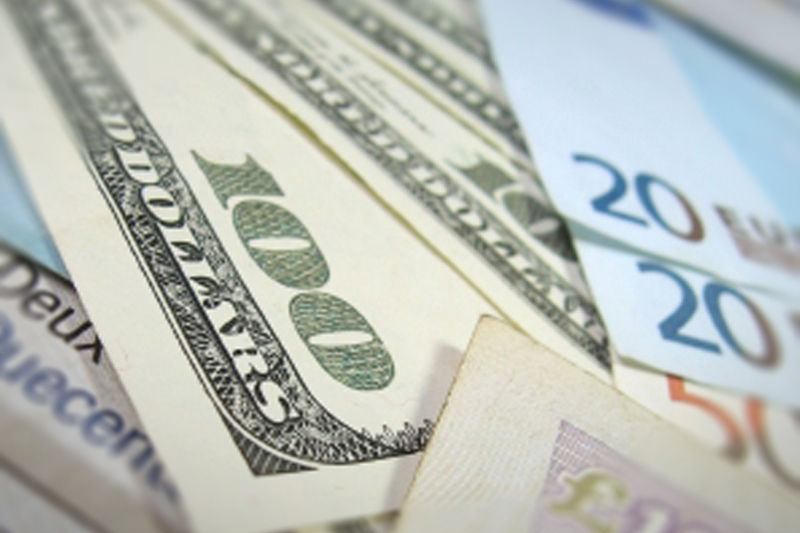Investing.com -- The euro reached a three-month high against the dollar on Thursday, as investors digested strong European growth figures from earlier in the week coinciding with a continuation of soft U.S. economic data across the Atlantic.
EUR/USD jumped to a session-high of 1.144, its highest-level since Feb. 5, before falling back to 1.1408 in U.S. afternoon trading, up 0.44%. While the euro is still down more than 5.5% against the dollar since the start of the year, it is up nearly 6% since falling to 1.0764 on April 1.
The release of weaker than expected U.S. inflation data on Thursday, bolstered dovish views of a delayed interest rate hike by the Federal Reserve. In a monthly report, the U.S. Bureau of Labor Statistics said that Producer Prices for total final demand in April fell 0.4%, significantly below estimates of a 0.1% -- the low end of analysts' forecasts. On a year-over-year basis, Thursday's reading painted an even dire outlook as the index ticked down to a record low of minus 1.3%. In March, the index stood at negative 0.8% in comparison with the reading 12 months earlier.
A key reading of the Producer Price Index, the PPI-FD, which excludes food and energy prices, dipped 0.2% in April. Analysts expected the reading to remain flat on the low end of its forecasts. The PPI-FD is still up 0.8% on a year-over-year basis. The moderate inflationary pressures, in combination with disappointing import and export data a day earlier will probably appease the doves on the Federal Open Market Committee (FOMC).
A day earlier, the Labor Department said import prices slid 0.3% in April, following a 0.2% decline a month earlier. On a year-over-year basis, import prices have fallen by more than 10% after the 10th consecutive monthly decline. Following the conclusion of its April meeting on Apr. 29, the Fed reiterated that it would like to see inflation move toward its targeted goal of 2% before it raises interest rates for the first time since 2006. On Mar. 18, the euro spiked by more than 2.5% against the dollar after Fed chair Janet Yellen's relatively dovish comments on the state of the economy.
On Wednesday, the euro soared more than 1.25% in response to strong GDP growth in the euro zone during the first quarter. Euro zone GDP rose by 0.4% in the first three months of the year, expanding at its fasted pace in nearly two years. Growth was particularly strong in France and Italy, which expanded at rates of 0.6% and 0.3% respectively. The spread between U.S. 10-Year Treasuries and German 10-Year bunds continued to narrow, falling on Thursday to just under 155 basis points.
Elsewhere, Greek officials said Thursday it could request an emergency meeting of euro zone finance ministers at the end of the month, at which Greece hopes to reach a deal on reform measures needed to unlock a critical stimulus package. It is unknown if Greece will run out of money by the start of June.
The U.S. Dollar Index, which measures the strength of the greenback versus a basket of six other major currencies, continued on a downward path, falling to a three-month low at 93.18, before slightly rebounding in U.S. afternoon trading. The index reached as high as 100.27 in mid-April.
USD/CAD fell to 1.192 in U.S. morning trading, its lowest level since mid-January.
